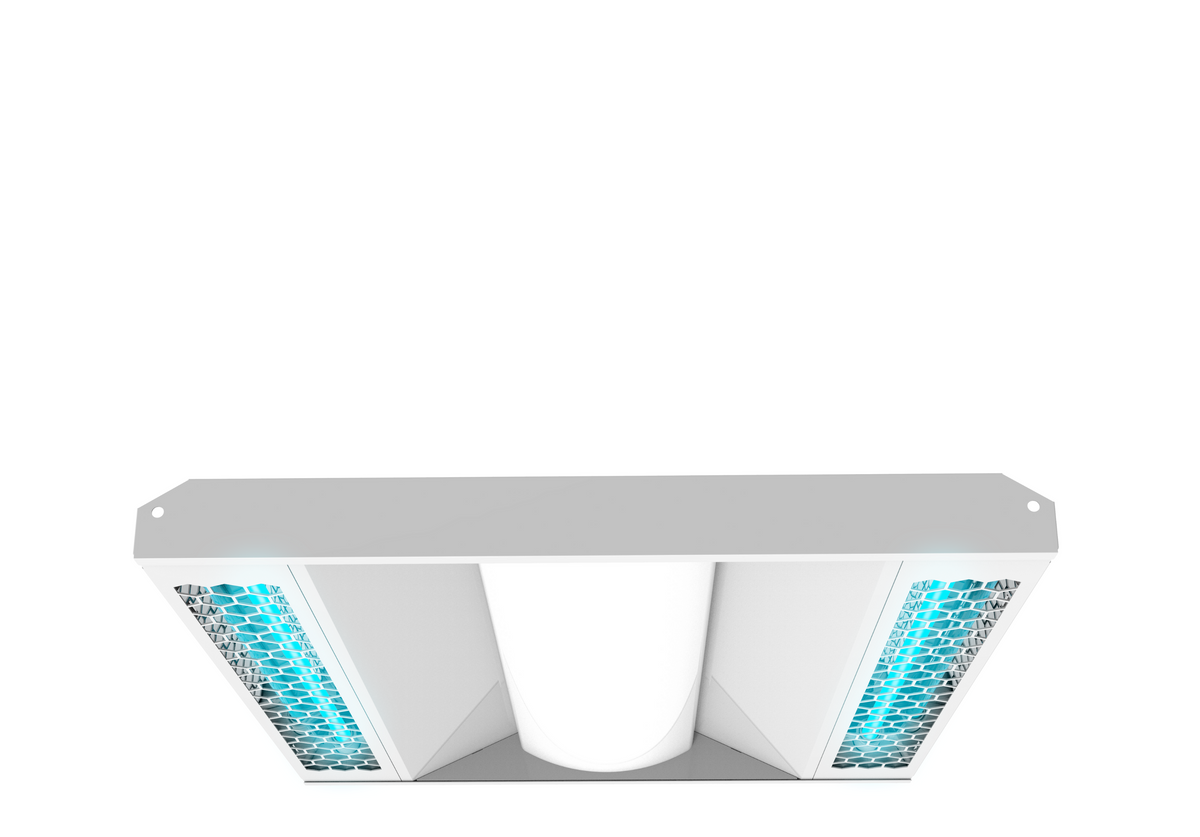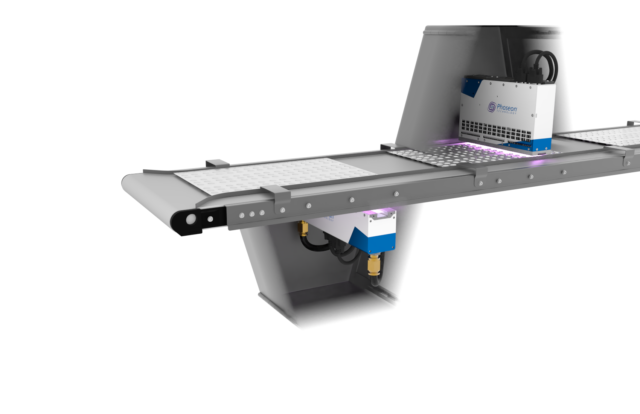Future-Proofing Your Space: Integrating UV Surface Disinfection for Ongoing Protection
UV Sanitation: The Cutting-Edge Technology Changing Hygiene Practices
In the realm of hygiene practices, one innovation has arised as a game-changer: UV disinfection. With its capability to eradicate hazardous microorganisms, this advanced technology is reinventing the means we approach sanitation and hygiene. Just how does UV sanitation work, and what are the benefits it provides? From health care settings to food processing, UV disinfection is making its mark in numerous industries. In this conversation, we will explore the ins and outs of this transformative innovation and look in advance to its promising future.
Just How UV Disinfection Functions
UV sanitation works by utilizing ultraviolet light to ruin or inactivate bacteria, giving a chemical-free and extremely effective technique of cleanliness. This innovation harnesses the power of short-wavelength UV-C light, which can damaging the DNA and RNA of bacteria, thus rendering them not able to duplicate and cause harm.
The process starts with the installation of UV disinfection systems, which are composed of UV lights that release UV-C light. These lamps are tactically positioned in locations where microbial contamination is a worry, such as water therapy plants, health centers, laboratories, and food processing facilities.
When microorganisms are subjected to UV-C light, the photons permeate their cell walls and reach the DNA and RNA within. The high-energy UV-C photons interfere with the genetic product by creating bonds between adjacent nucleotides, leading to the development of thymine dimers. These dimers protect against the microorganisms from duplicating, providing them harmless.
UV disinfection is highly efficient versus a variety of microorganisms, consisting of microorganisms, parasites, and viruses. It is especially reliable against waterborne microorganisms like E. coli, Giardia, and Cryptosporidium. UV sanitation is a chemical-free approach, getting rid of the demand for possibly unsafe anti-bacterials and reducing the risk of hazardous sanitation byproducts.
Advantages of UV Disinfection
UV disinfection supplies countless benefits in the field of sanitation, making it an extremely preferred approach for successfully eliminating harmful microorganisms. Unlike standard disinfection techniques that count on chemicals, UV sanitation uses ultraviolet light to damage the DNA of microorganisms, making them unable to duplicate and cause infections.

UV disinfection is likewise extremely flexible in its applications. It can be made use of in numerous setups, consisting of health centers, colleges, food handling centers, and water therapy plants. UV sanitation systems can be easily incorporated right into existing hygiene techniques, providing an additional layer of protection versus transmittable diseases.
In enhancement to its performance and versatility, UV disinfection is also eco-friendly. It does not generate any kind of hazardous byproducts or deposits, making it a safe and sustainable method for sanitation - uv surface disinfection. Additionally, UV disinfection calls for marginal upkeep and has a lengthy life expectancy, resulting in expense savings in the future.
UV Disinfection in Medical Care Setups
In medical care settings, UV sanitation has emerged as a cutting-edge technique for efficiently removing damaging microorganisms. Making use of UV light to decontaminate surfaces and tools has obtained popularity as a result of its capacity to provide an added layer of protection against virus. UV disinfection functions by releasing ultraviolet light at a certain wavelength that is deadly to bacteria, infections, and various other microbes. This innovation supplies several benefits in health care setups.
To start with, UV disinfection is a non-chemical approach, making it an eco-friendly choice contrasted to traditional sanitation approaches that often involve using harsh chemicals. The use of UV light gets rid of the requirement for chemical anti-bacterials, decreasing the danger of dangerous deposit or chemical direct exposure to both people and healthcare workers.
Additionally, UV disinfection is extremely reliable in eliminating a large array of microorganisms, consisting of drug-resistant germs such as MRSA and C. difficile. It offers a trustworthy and consistent disinfection process, ensuring that all surfaces and devices are extensively decontaminated, also in hard-to-reach locations.

UV Sanitation in Food Handling
The application of UV sanitation extends past health care settings and discovers considerable value in the world of food handling. uv surface disinfection. UV disinfection technology is coming to be progressively preferred in the food market due to its capacity to successfully get rid of dangerous microorganisms and boost food security
One of the primary benefits of UV sanitation in food handling is its ability to target a large range of bacteria, including mold and mildews, microorganisms, and viruses. By using UV light at specific wavelengths, it is possible to interrupt the DNA and RNA of these microorganisms, rendering them unable to trigger or recreate harm. This innovation can be applied to various stages of the food handling chain, consisting of surface area sanitation, our website devices sterilization, and water treatment.
UV disinfection provides a chemical-free and non-thermal approach of sterilizing food. Unlike standard disinfection techniques that depend on chemicals or warmth, UV innovation does not leave any deposit or alter the taste, appearance, or nutritional worth of the food. This makes it an ideal solution for sectors that need stringent adherence to top quality requirements.
Additionally, UV sanitation systems are simple to run and set up, calling for very little maintenance. They can be incorporated into existing handling lines without triggering considerable disruptions to the manufacturing process. In addition, UV systems have a fast treatment time, enabling continuous handling and minimizing downtime.
The Future of UV Disinfection

One location where UV sanitation is anticipated to make substantial advancements remains in the field of healthcare. With the rise of antibiotic-resistant germs and the demand for much more efficient disinfection techniques, UV light has the prospective to play an essential function in minimizing healthcare-associated infections. UV sanitation systems can be utilized to sanitize surface areas, devices, and even the air in health care centers, aiding to prevent the spread of hazardous pathogens and enhance patient safety.
An additional sector that can take advantage of developments in UV disinfection technology is the food industry. UV light has actually already proven to be an effective approach for sanitizing foodstuff and reducing the risk of foodborne health problems. As innovation boosts, we can anticipate to see a lot more cost-efficient and reliable UV sanitation systems being executed in food handling plants, guaranteeing that the go to these guys food we take in is risk-free and free from harmful microorganisms.
Verdict
In verdict, UV sanitation is an advanced technology that is changing hygiene methods in healthcare setups and food processing. By using UV light to kill or shut off microorganisms, it supplies many advantages such as performance, security, and effectiveness. With continuous improvements in this field, UV sanitation holds excellent potential for the future of cleanliness, providing a dependable and lasting remedy for preserving tidy and sanitary environments.
UV disinfection is a chemical-free approach, getting rid of the demand for possibly hazardous disinfectants and lowering the risk of damaging sanitation byproducts.
Unlike standard disinfection methods that depend on chemicals, UV sanitation uses ultraviolet light to ruin the DNA of microbes, providing them unable to replicate and cause infections. Unlike standard sanitation approaches that count on chemicals or warm, UV innovation does not leave any type of residue or alter the preference, texture, or nutritional value of the food. As technology enhances, we can anticipate to see much more economical and effective UV sanitation systems being carried out in food handling her latest blog plants, making certain that the food we eat is secure and totally free from unsafe microorganisms.
In conclusion, UV sanitation is an advanced innovation that is transforming cleanliness methods in health care settings and food processing.